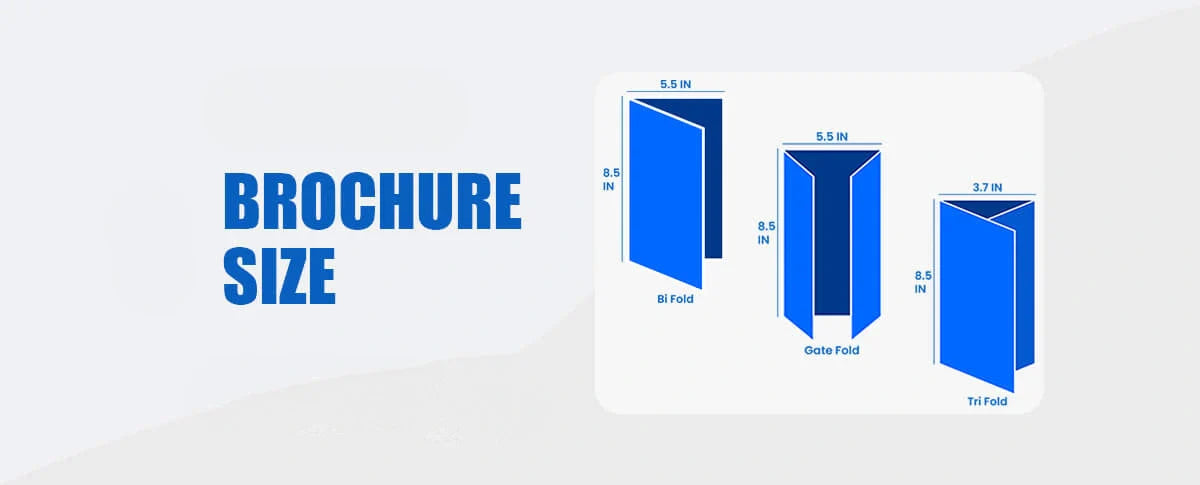
Brochure Size: Everything You Need to Know
Brochures are much more than just folded pieces of paper, despite what you might think. Businesses can communicate comprehensive information in a clear, aesthetically pleasing manner by using brochures, which are effective marketing tools. The size of the brochure is one of the most crucial aspects to take into account when designing it, as the dimensions have a direct impact on both usability and design.

Why Brochure Size Matters
More than just a design decision, the size of your brochure has an impact on how readers engage with your content. While a smaller format feels more portable and succinct, a larger brochure can accommodate more text, charts, and images. Your objectives, spending limit, and distribution strategy all influence the ideal balance.
For example, most businesses find that a standard brochure size of 8.5" x 11" works best because it allows for ample content without being oversized. However, if you want something more distinctive, custom sizes can help your brand stand out.
Popular Brochure Dimensions
Businesses rely on a few standard sizes for readability and efficiency. Take into account the brochure's intended folding, mailing, or display when making your choice.
Typical Brochure Size Types
-
The most popular letter size is 8.5" x 11".
-
A4 (8.3" x 11.7") is a popular size in Europe with slightly different dimensions.
-
Extra vertical space is provided by the legal size (8.5" x 14").
-
Half-letter (5.5" x 8.5"): more affordable and smaller.
-
The 11" x 17" tabloid is ideal for large images and fold variations.
Folding Styles
-
Trifold
-
Half-fold
-
Z-fold
-
Gate fold
-
Accordion fold
The chosen dimensions must complement the creative layout because each type of fold interacts differently with the brochure design size. For instance, a gate fold creates a dramatic reveal, whereas a trifold on letter paper neatly separates into three vertical sections.
Brochure Size in Inches Explained
Knowing the precise brochure size in inches is essential if you intend to print your design. Typically, printers favor exact measurements like:
-
Letter: 8.5” x 11”
-
A4: 8.3” x 11.7”
-
Legal: 8.5” x 14”
-
Tabloid: 11” x 17”
These numbers may look small, but even half an inch can change how your text and graphics fit within the final design.
Key Takeaways
-
The size of your brochure directly affects its functionality, design, and cost.
-
Standard dimensions like letter or A4 are safe and versatile choices.
-
Always match the fold type with the selected brochure size to avoid design misalignment.
-
When printing, confirm measurements in inches or centimeters to ensure accuracy.
Conclusion: Choosing the Right Brochure Size for Maximum Impact
Size is more than just a number in the context of print marketing; it's a calculated choice that affects how your message is conveyed and interpreted. Depending on how much room you give it and how that space is used, a brochure can either overwhelm or inspire. Choosing a standard brochure size ensures professional appeal, ease of distribution, and simplicity. In the meantime, you can stand out in a crowded market by experimenting with distinctive formats or custom dimensions.
Consider more than just aesthetics when choosing the ideal brochure design size. Think about the brochure's intended use, how it will be folded, and the distribution setting. For example, direct mail campaigns frequently function best with small sizes that fit neatly into envelopes, but trade shows may require large, eye-catching designs.
Accurate measurements are also important. By knowing your brochure's size in inches, you can better match your artistic vision with printing capabilities and avoid awkward layouts or expensive errors. Every fold, image, and line of text will have the space it needs to draw attention if you plan ahead.
In the end, the ideal brochure size strikes a balance between brand identity, usefulness, and creativity. Your brochure should always have a purpose, regardless of whether you choose to stick with the tried-and-true or try something new. When done correctly, it turns from a straightforward folded sheet into an effective storytelling tool that informs, engages, and influences your audience.
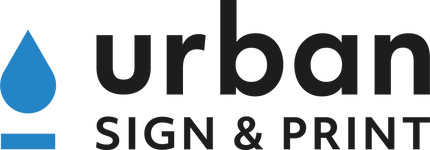
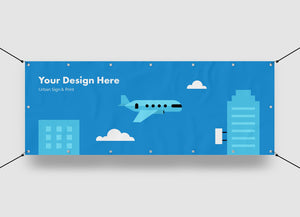
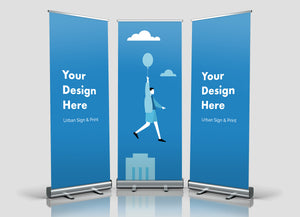
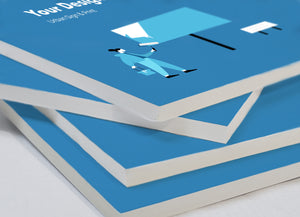
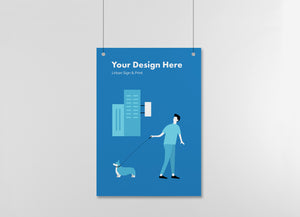
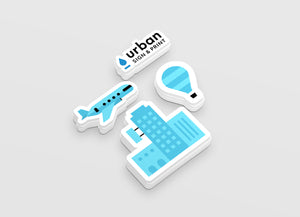
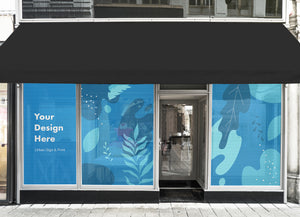
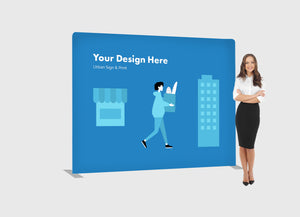
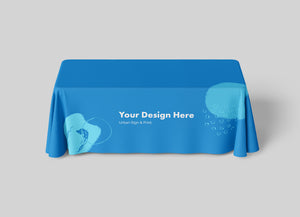
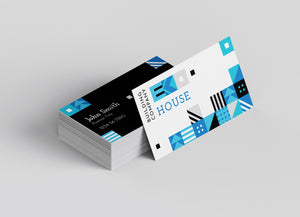
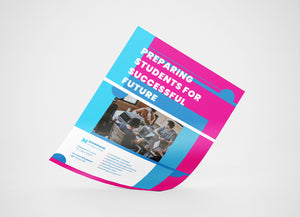
Leave a comment